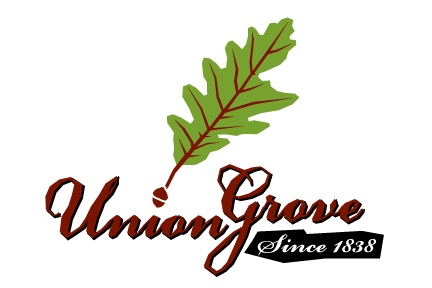Concept plans of the development were presented at public meetings on February 25, 2019, April 22, 2019, July 20, 2020 and September 8, 2020. The presentations were held at joint meetings of the Village Board, Plan Commission and Community Development Authority. By holding the concept plan meetings with the joint bodies, a variety of stakeholders and residents in the community could participate in the review process – the Village Board consists of seven residents elected at-large; Plan Commission consists of three Board members and four resident appointees; and Community Development Authority consists of two Board members and five resident appointees. A site visit of similar developments was also arranged for the joint bodies to attend and the dates and times of these visits were published.
The development required several zoning and land division related approvals from the Village. A public hearing for the re-zoning and planned unit development applications was held by the Plan Commission on December 7, 2020. By ordinance, a public hearing notice was published twice in the newspaper and mailed to land owners within 200 feet at least 10 days before the public hearing. Plan Commission also considered a preliminary plat, preliminary condo plat, certified survey maps and a side plan review on December 7. By ordinance, notices of the preliminary plat application was sent by certified mail to land owners within 300 feet at least seven days in advance of the meeting (however, by error the notices were sent to land owners within 600 feet including Yorkville land owners). Plan Commission recommended approval of the zoning and land division applications on December 7, subject to conditions recommended by the Village Planner and Village Engineer. Plan Commission met again on January 4, 2021 and adopted a resolution recommending approval of the re-zoning and planned unit development requests.
Village Board met on January 4, 2021 and gave approval on the re-zoning, planned unit development, certified survey maps, preliminary plat and preliminary condo plat. Plan Commission met on March 1, 2021 and reviewed a revised preliminary condo plat and recommended approval of a final plat for the initial phases of the development, subject to recommendations from the Village Planner. On March 1, 2021, the Village Board approved the final plat and also approved a development agreement. Additional approvals will be needed on the traffic impact analysis, final condo plat and future phases of the single-family lot plats.
With respect to the creation of tax incremental district (TID) #7, an initial project plan was presented to the Joint Review Board at its annual organizational meeting on December 7, 2020. The project plan identifies the proposed TID boundaries, identifies the need for the TID and determines whether all State requirements for creating a TID will be met. The Joint Review Board consists of representatives from each of the local taxing jurisdictions, including the Village, Racine County, Union Grove Elementary School, Union Grove High School and Gateway Technical College, as well as one citizen member. Plan Commission held a public hearing on the creation of TID #7 at its meeting on December 7, 2020 and subsequently adopted a resolution approving of the new TID. Village Board reviewed the proposed TID #7 project plan on March 1, and also adopted a resolution in support of creating the TID. Joint Review Board meets on March 15, 2021 to consider final approval of creating TID #7.
Agendas and meeting materials from these meetings can be found on the Village Meetings web portal.
